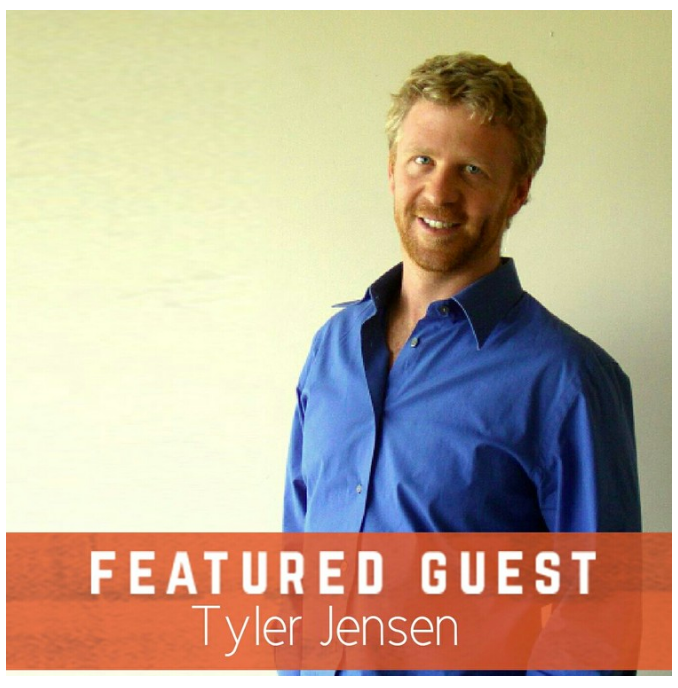TSG’s Highlights from the Connection Innovation Report: San Diego

CONNECT, a San Diego non-profit helping to create and scale innovation companies, assists entrepreneurs by providing resources that allow them to grow their business. Since 2005, they have measured the growth in economic innovation in San Diego. We highlighted the key findings of the report to showcase the advancement of San Diego’s entrepreneurial growth. We […]
Rise Up Radio Interview with Tyler Jensen Founder of The Startup Garage

You are listening to James Carmody and Jared Kelley here, in studio for SDriseup.com We are looking to hear stories in your life about local leaders in San Diego. Whether it is the small business owner, your Pastor or leader of your church, your kid’s school teacher or maybe it’s their Little League coach. James: […]
5 Reasons to Attend The USD V2 Pitch Competition For Entrepreneurs

On Thursday April 28th University of San Diego School of Business will hold an exciting competition in a “Shark Tank” like setting. Top student entrepreneurs from USD and Tijuana will compete for a total of $100,000 in cash and invaluable mentorship and support. The Startup Garage Team Compiled The Top 5 Reasons this is a […]
How to Craft an Effective Mission Statement For Your Startup

When developing a business, an important component of your overall strategic plan is a mission statement. This brief statement declares the purpose of an organization and defines the reason for the company’s existence. It provides the framework to help guide the company’s strategies and actions by spelling out the business’s overall goal. Ultimately, a mission […]
Who Top Startup Founders & Entrepreneurs Follow on Instagram

We all need inspiration in our life, even successful Startup Founders & Entrepreneurs turn to visual content giant Instagram, for daily encouragement or perhaps a welcomed distraction. The Startup Garage Team complied a list highlighting a handful of standout accounts they follow on Instagram, and what their personal photo posting style reveals. Tony Hsieh @Downtowntony […]
How Does A Convertible Note Works For Startups?

A convertible note is an investment instrument intended to provide a startup company with early stage financing. It’s a compromise of sorts, blending the downside protection associated with a loan and capturing the upside potential of selling equity shares. Why are they used? It can be very difficult for investors and entrepreneurs to agree on […]
Top 8 Success Tips For First Time Founders

As a Startup entrepreneur it’s easy for your work to become your life, and 8 years to effortlessly slip by. I founded what has become The Startup Garage in January of 2008 with passion for helping entrepreneurs start and launch companies of impact. Our business, team, and services have evolved, transformed, and changed many times […]
How To Understand Customer Lifetime Value and Customer Acquisition Costs?

The Key to Profitability for your business Understanding customer lifetime value and customer acquisition costs. It comes as no surprise that a company must earn more revenue over the lifetime of any given customer (referred to as Customer Lifetime Value or CLTV) than it costs to acquire the customer (referred to as Customer Acquisition Cost […]
Ready to win over $10,000 in Prizes for your Brilliant Business Idea?

The Startup Garage is excited to co-sponsor in “The Ideator December Challenge.” A challenge designed to bring your business idea into conception. Submissions currently open now until Dec 13, 2015 at 5pm (PST) entering is easy and done completely virtually. Enter here today >>>December Challenge Idea Competition The winner will be walking with $10,00 plus […]
Tech Focused ‘Super Schools’ to Rethink High School Education in the U.S.

XQ: The Super School Project infused with $50Million Dollars of Steve Job’s fortune intends to redefine traditional U.S. high school education. The team based competition encourages applicants to reimagine and modernize public education. “To create the future, we must first imagine it.” The project intends to build and support 5-10 Super Schools to better fit […]

